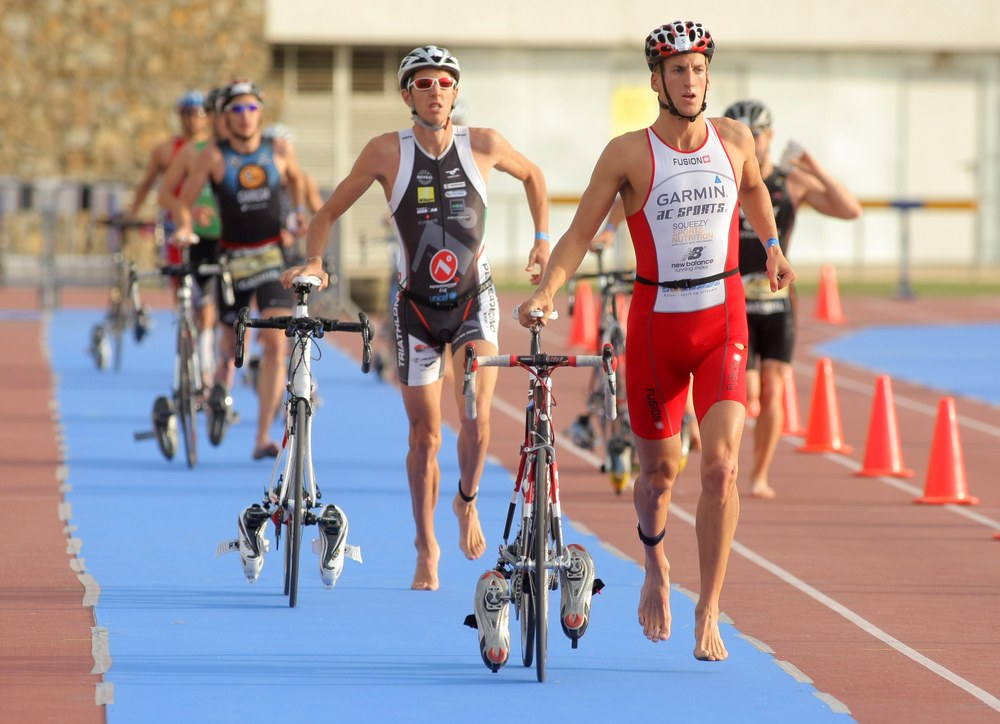Wondering what to bring to a 70.3? Discover the essential gear and equipment every triathlete needs for the first race in our checklist.
I took part in my first 70.3 Ironman during the Summer of 2022. It took place in Cork. The race logistics and deciding what to bring felt almost as stressful as finding time to train for the race. That was until I talked to a more experienced triathlete who provided me with a handy packing checklist of what to bring to a 70.3.
Deciding what equipment to pack depends on the difficulty of the race and the weather. If it’s a hot day, a triathlete should adjust by packing extra sun protection and loose, brightly coloured clothing. Conversely, if it’s wet a triathlete will need extra pairs of clothes to change into at each transition point.
Contents
- 1 1. Identity Documents, Race Ticket and License
- 2 2. Carb-Rich Breakfast
- 3 3. Wet Suit
- 4 4. Tri-Suit
- 5 5. Swim Hat
- 6 6. Goggles
- 7 7. Flip-flops, Sandals or Swim Shoes
- 8 8. Vaseline
- 9 9. Talcum Powder
- 10 10. Bike
- 11 11. A Pump and Puncture Repair Kit
- 12 12. Multitool
- 13 13. Helmet
- 14 14. Cycling Sleeves
- 15 15. Cycling Shoes
- 16 16. Drink Bottles
- 17 17. Gloves
- 18 18. Bike Shoe Covers
- 19 19. Sports Sunglasses
- 20 20. Cycling And Or Running Socks
- 21 21. Two Changes of Clothes
- 22 22. Two Pairs of Trainers
- 23 23. Several Towels
- 24 24. Electrolytes, Food and Energy Gels
- 25 25. Tri-Bag
- 26 26. Suncream
- 27 27. Running Hat
- 28 28. Running Jacket
- 29 29. Triathlon Watch
- 30 30. Race Belt
- 31 31. Money And a Phone
1. Identity Documents, Race Ticket and License
The race organizers need to verify you are who you say you are and have a ticket for the race. Depending on the location of the 70.3, you may also need a local triathlon license to compete.
2. Carb-Rich Breakfast
It’s not a good idea to eat something new the morning of a race. Instead, pack a breakfast that you’re comfortable eating and which is dense in carbs for the race. I packed a packet of porridge before my first 70.3.
3. Wet Suit
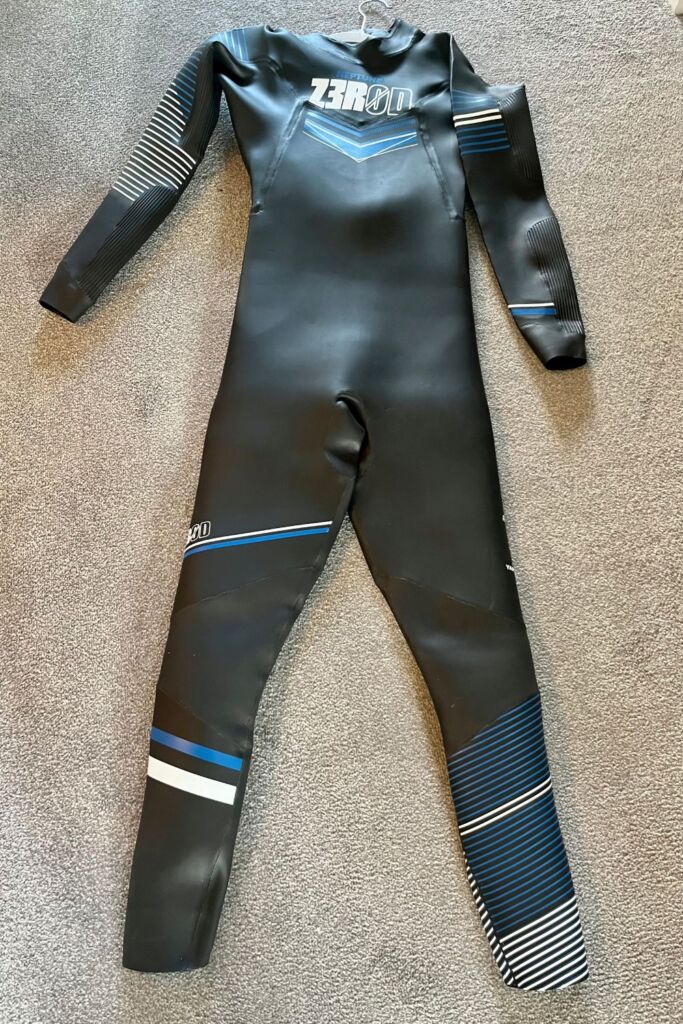
Some triathlons enable competitors to race in skins or without wearing a wet suit. Unless you’re competing in a warm climate, don’t forget to pack one.
4. Tri-Suit
Triathlon suits are great because you can wear them under a wet suit, strip off the wet suit and then complete the cycle and run in what you’re wearing. However, they are less padded than dedicated cycling shorts.
So, practice with them in training before the race. If you decided against wearing one, don’t forget your swim or Tri-Shorts, cycling shorts and a running t-shirt.
5. Swim Hat
Many Ironman events give out specific swimming hats that competitors must wear. Bring your own just in case.
6. Goggles
We recommend packing two pairs in case one breaks. If it’s a dawn swim, pack with a glare guard. You could also bring an anti-glare spray although spitting in a pair of Goggles before a swim can work too.
7. Flip-flops, Sandals or Swim Shoes
Although you won’t wear these during the swim, they’re handy for walking down to the beach or waterfront if it’s a stoney or uneven surface.
8. Vaseline
It’s easier to get in an out of a wet suit if you’ve applied Vaseline to your elbows, shoulders and knees.
9. Talcum Powder
Cycling and running in wet socks isn’t fun. To avoid this discomfort, bring Talcum powder and put some into your socks and runners for after the swim.
10. Bike
It goes without saying you’ll need a road bike to complete the 90 KM ride! Some triathletes like to attach additional optional equipment to their bikes like Tai-Bars, a power meter, a Tube Bag and Bento box for storing a puncture kit and food.
11. A Pump and Puncture Repair Kit
A well-organised Ironman has mechanics or equipment onsite to pump your bike and even repair last-minute punctures. However, it’s a good idea to pump your wheels and check everything is working a day or two beforehand. You can stash these in your car before the race. That said, bring the puncture repair kit or air canister with you.
12. Multitool
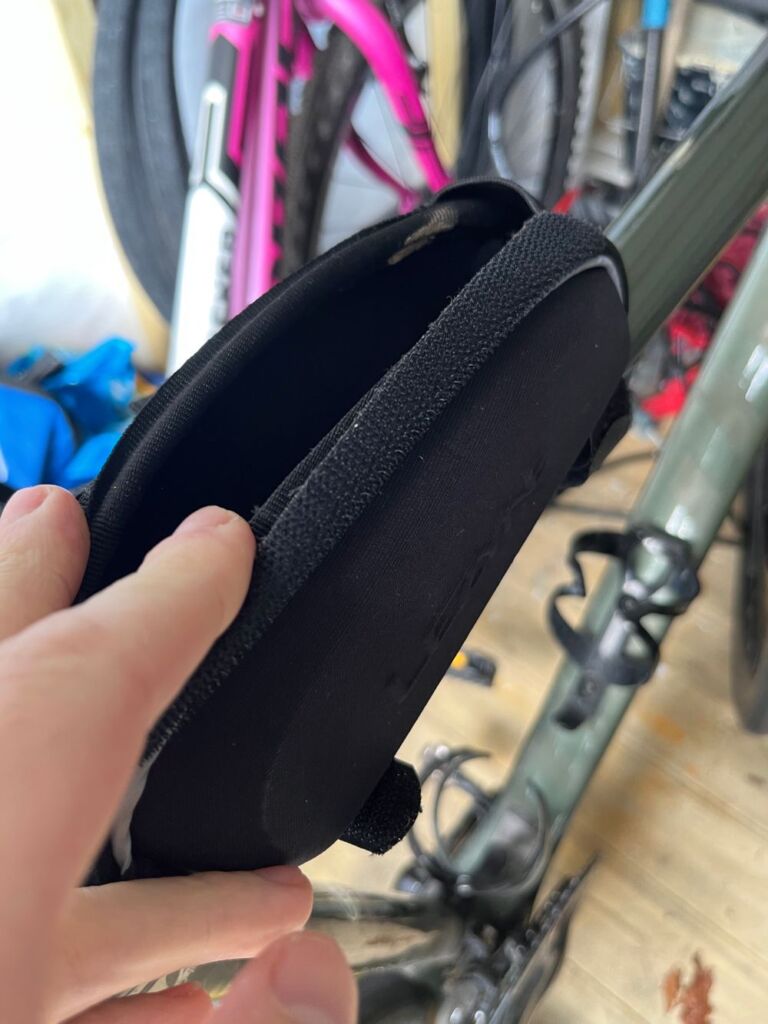
A Multitool is a handy little device that you can put in a Bike Bento box. I used one during my last race to tighten a set of Tri-Bars.
13. Helmet
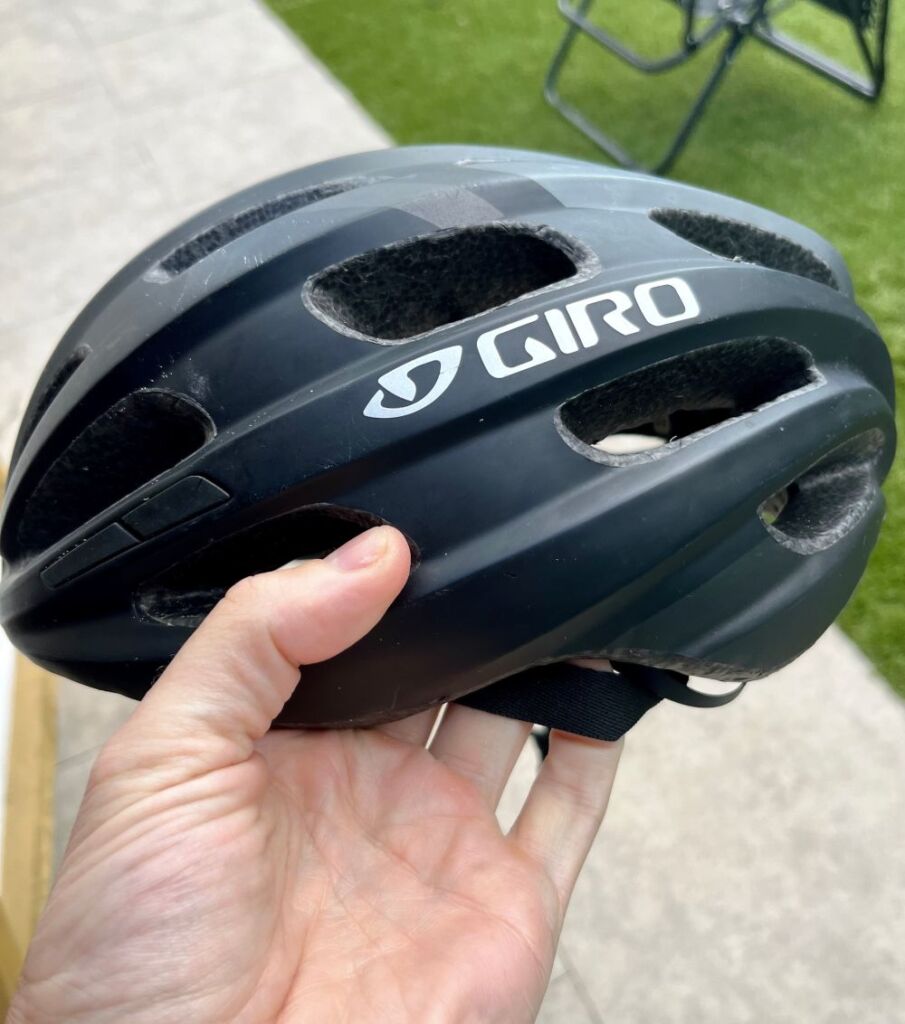
Don’t forget your helmet, you won’t be able to enter the race without it. An Aero helmet is far from essential unless you can afford it.
14. Cycling Sleeves
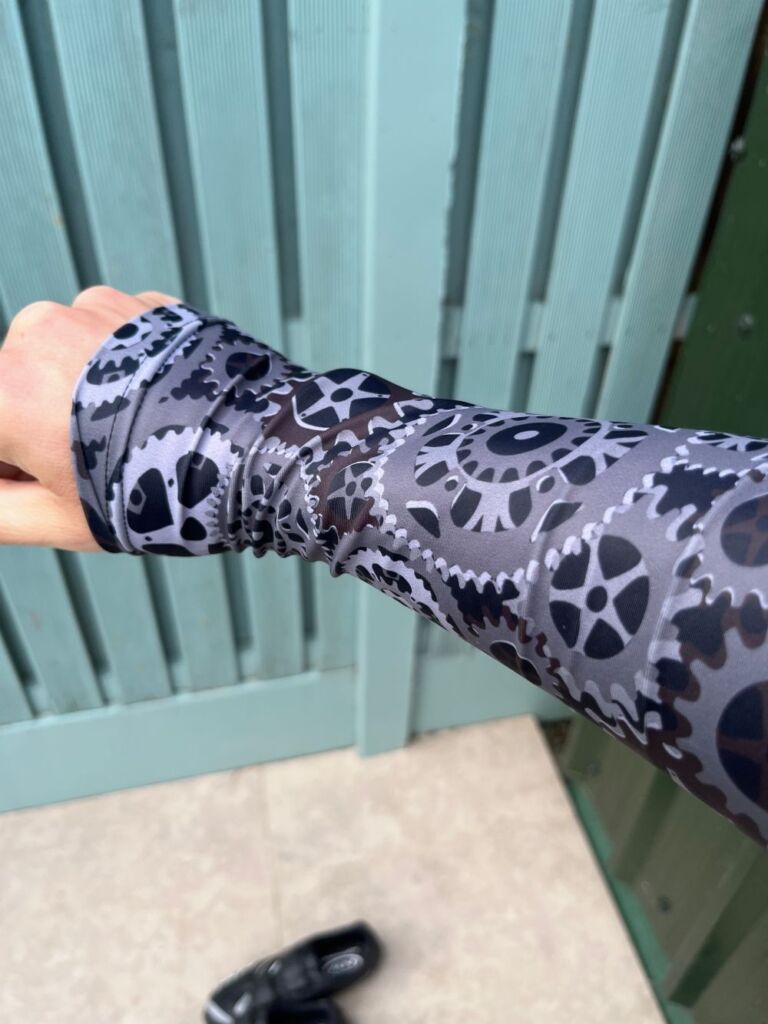
After getting out of the water, the cycle can feel cold for the first few kilometres. To avoid this issue, wear a pair of cycling sleeves. Then, when you warm up or the weather changes you can roll them down your arms.
15. Cycling Shoes
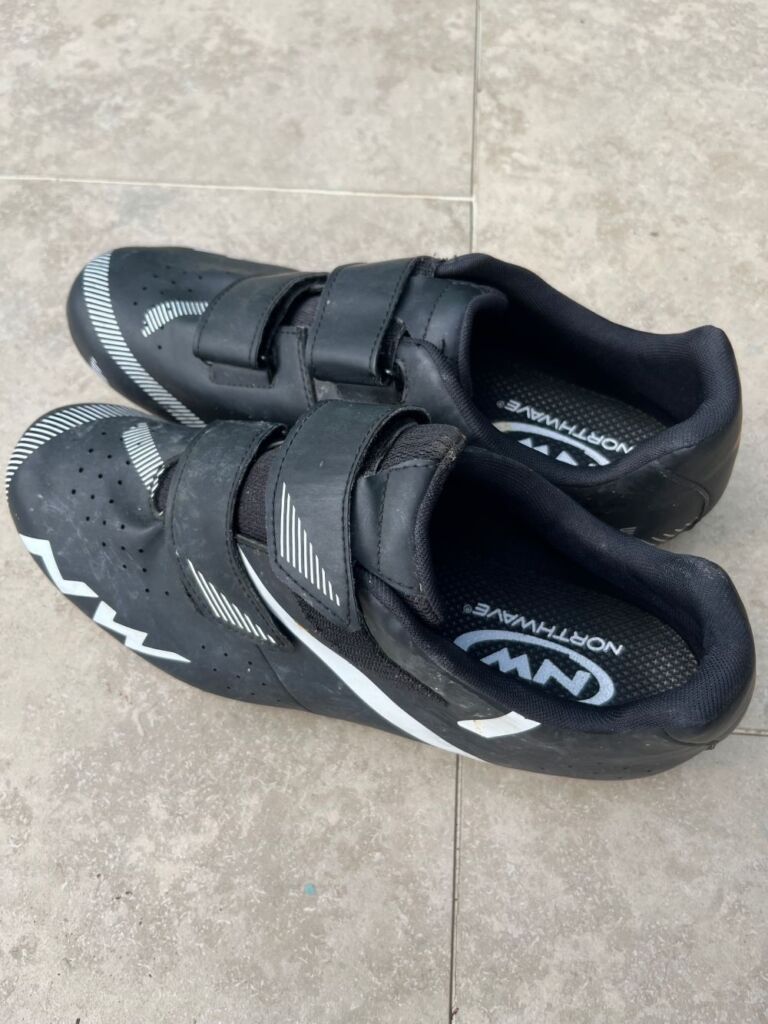
Although cycling shoes aren’t mandatory, they’ll shave minutes off your time and reduce the effort required to complete the course.
16. Drink Bottles
Pack two large drink bottles that can fit into your bike’s drink holder. Ideally, fill one with electrolytes and or a carbohydrate powder.
17. Gloves
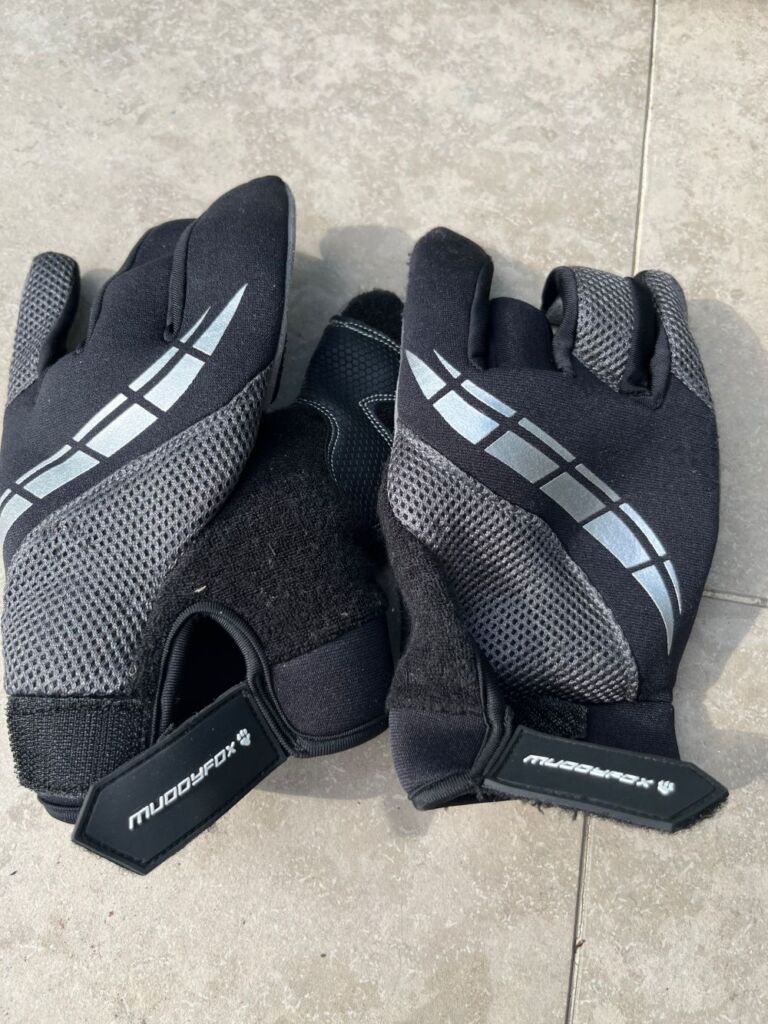
Depending on the weather, you may want to bring a pair of cycling gloves to keep your hands warm. A pair of mitts will cushion your arms from the impact of the road.
18. Bike Shoe Covers
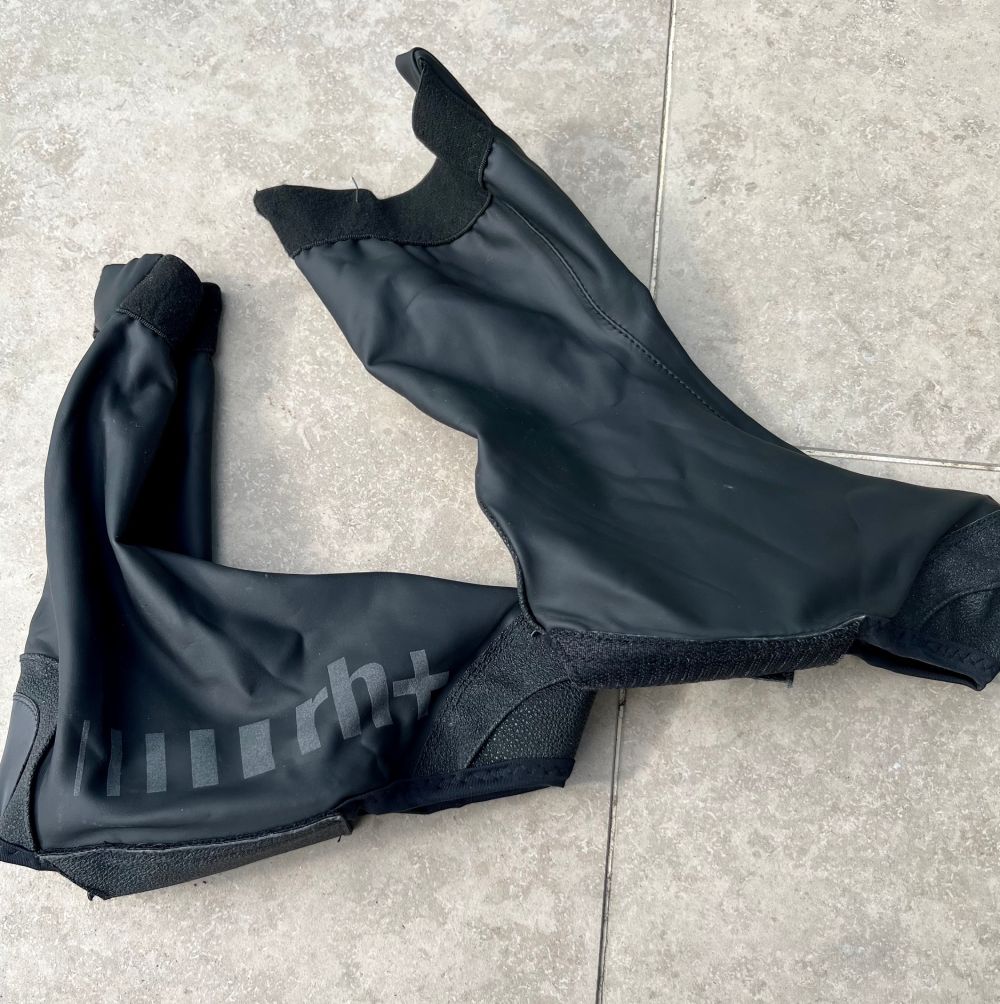
Cycling with wet socks in the cold is a miserable experience. Pack a pair of cycling shoe covers to keep them dry.
19. Sports Sunglasses
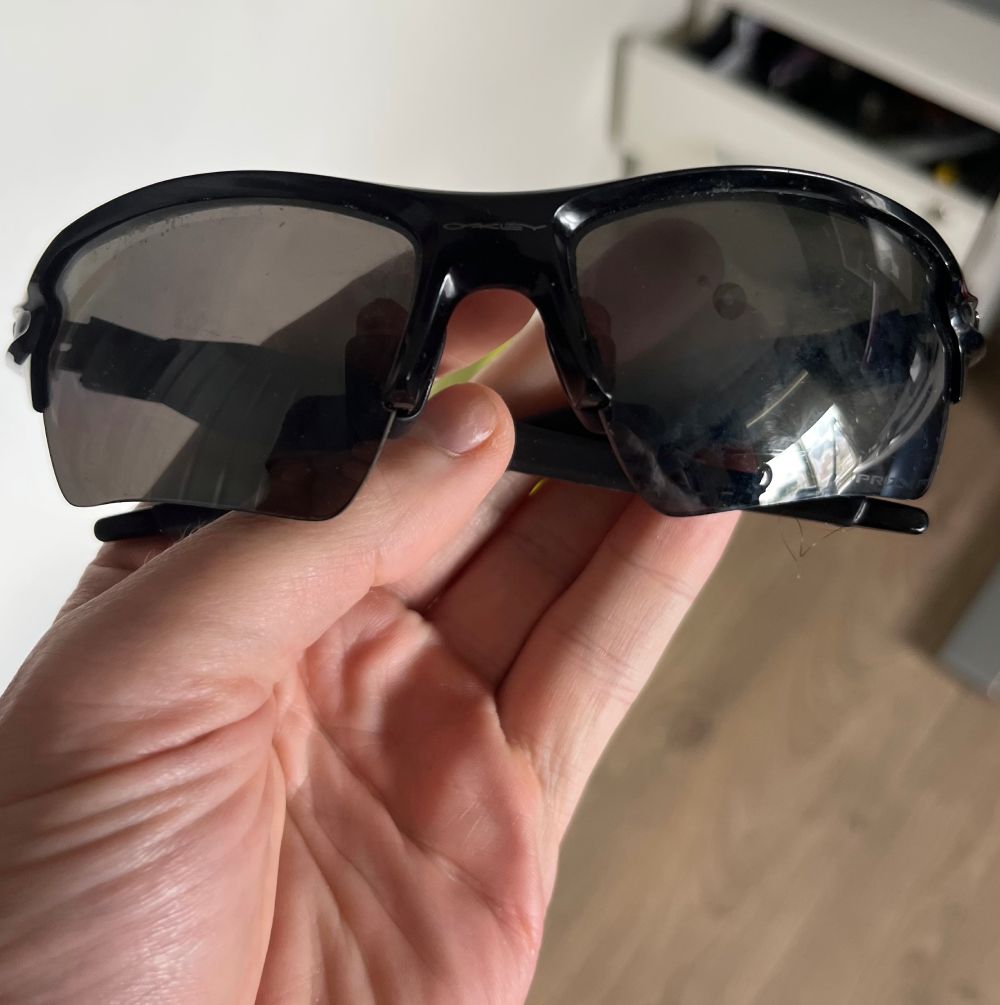
A pair of cycling glasses protects your eyes from the sun if it’s hot and from splashing from other riders if it’s wet.
20. Cycling And Or Running Socks
Cycling socks dry quickly and also prevent your feet from sweating. You may want to pack a pair of running socks too in case the weather is particularly wet or humid, though.
21. Two Changes of Clothes
Wear clothes you’re comfortable walking around in before and after the race. Bring a second pair in case it’s wet. It’s also a good idea to pack a warm top for after the race in case the weather deteriorates.
22. Two Pairs of Trainers
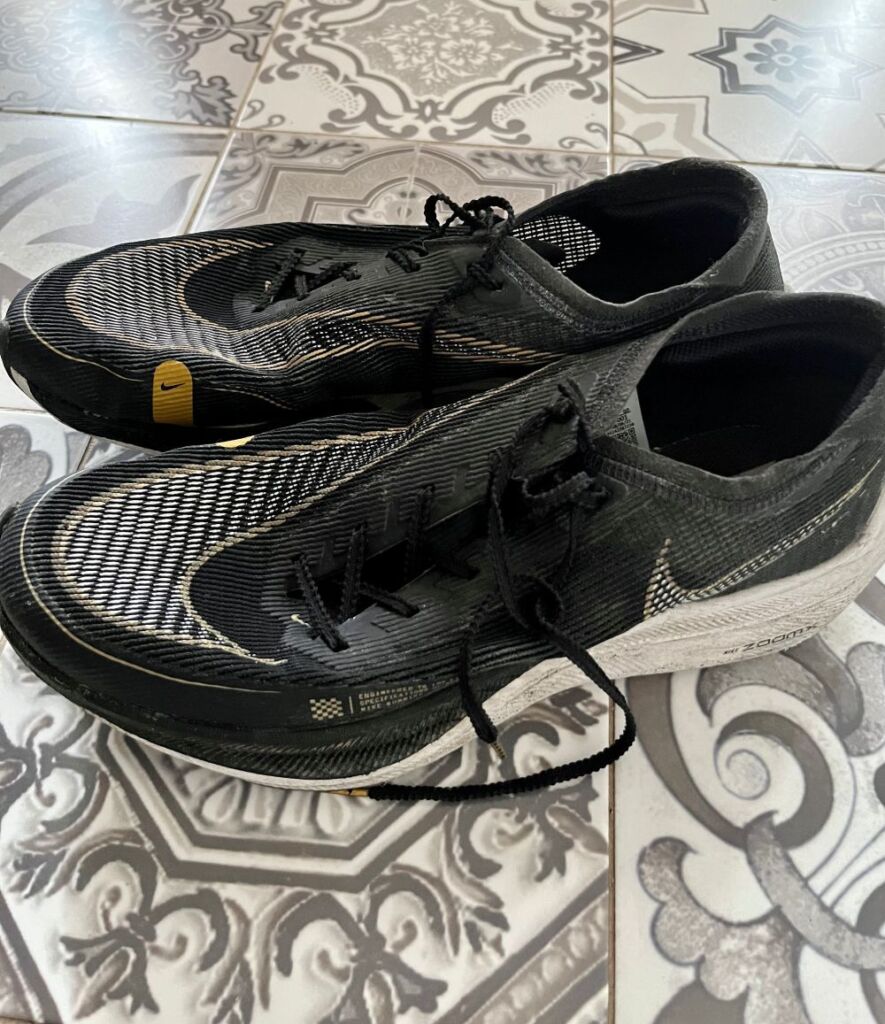
Ideally, wear one pair of trainers before the race and another during the half or full marathon. Trainers for a half marathon are purposefully designed for racing and not for walking.
I wore the Nike Zoom X Vaporfly Next% 2. They contain a carbon plate and are designed for speed. Suffice to say, they feel great while running but are odd to walk around in.
23. Several Towels
You’ll need one to dry off after the swim and at least one more to swipe down after the bike ride and or run.
24. Electrolytes, Food and Energy Gels
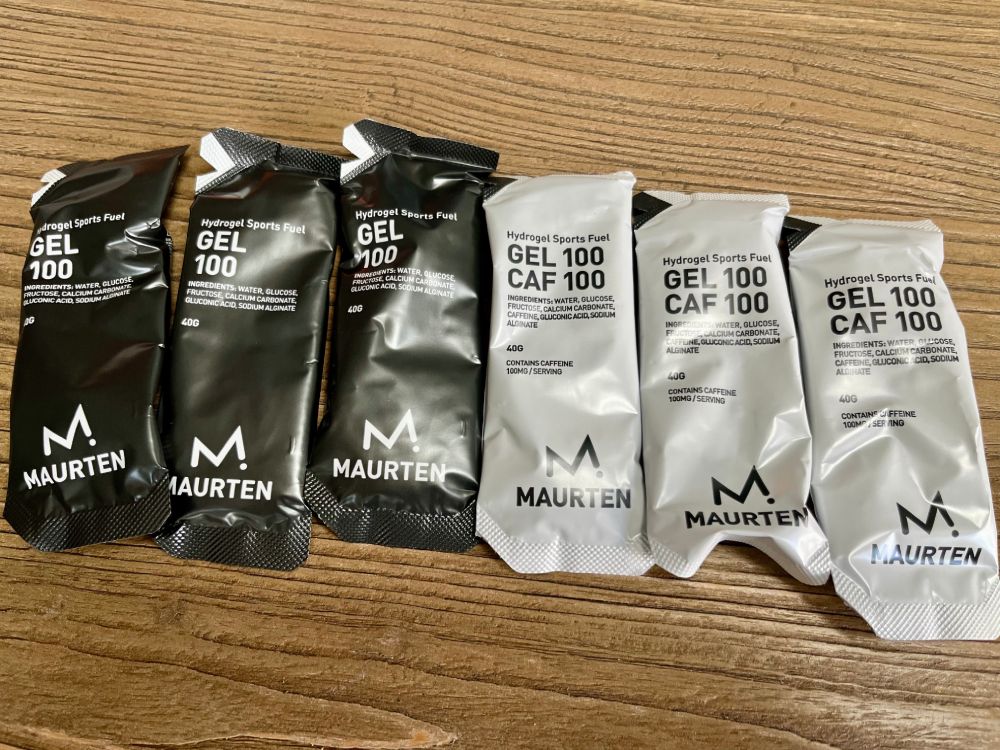
Training is the ideal place to practice your fueling and hydration strategy. Don’t forget to pack your electrolyse, an appropriate carb-rich snack like bananas and energy gels. I particularly like the Maurten brand.
To find out why, read our Maurten gel review.
25. Tri-Bag
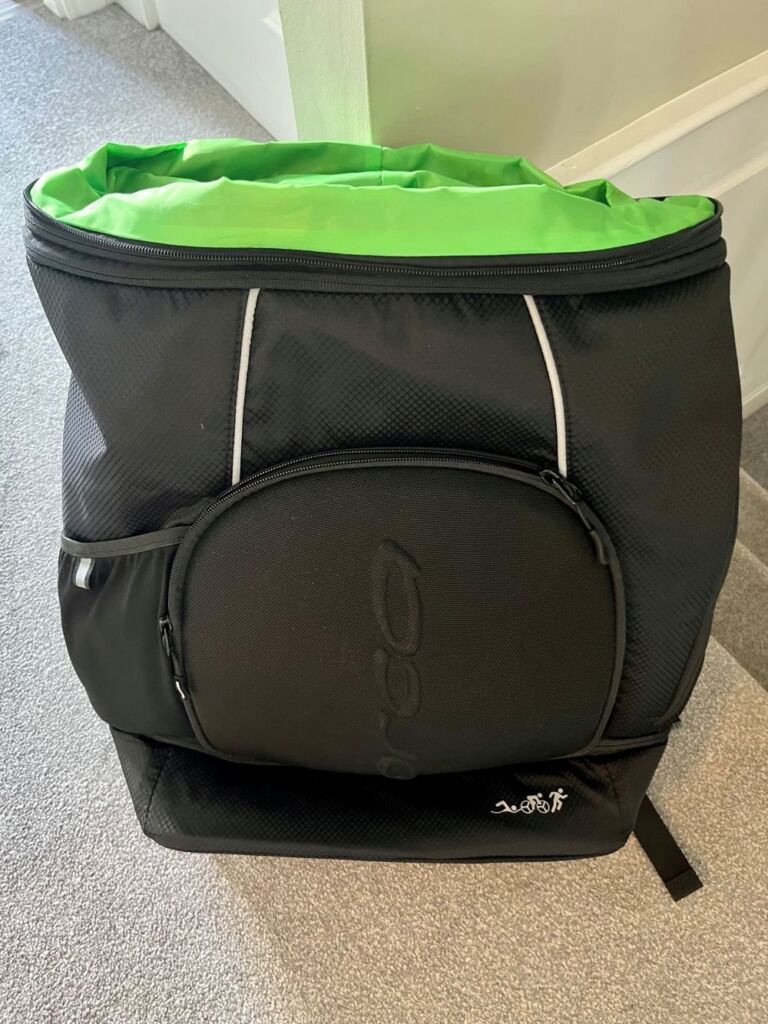
A bag purposefully designed for triathlons isn’t essential, but it includes compartments for wet and dry clothes. That reduces some of the guesswork and makes it easier to lug everything to the race check-in.
Ironman sells branded bags for its races, although they are pricey. We prefer the Orca triathlon bag as it’s roomy while easy to wear.
26. Suncream
You’ll spend at least five hours outside in the sun. So pack two bottles of suncream that you can apply at the bike and run transition areas.
27. Running Hat

A running hat protects your head from the sun. If it’s hot, don’t forget to bring one.
28. Running Jacket
Depending on the weather, you may want to pack a running jacket to shield yourself from the elements during the cycle and or run.
29. Triathlon Watch
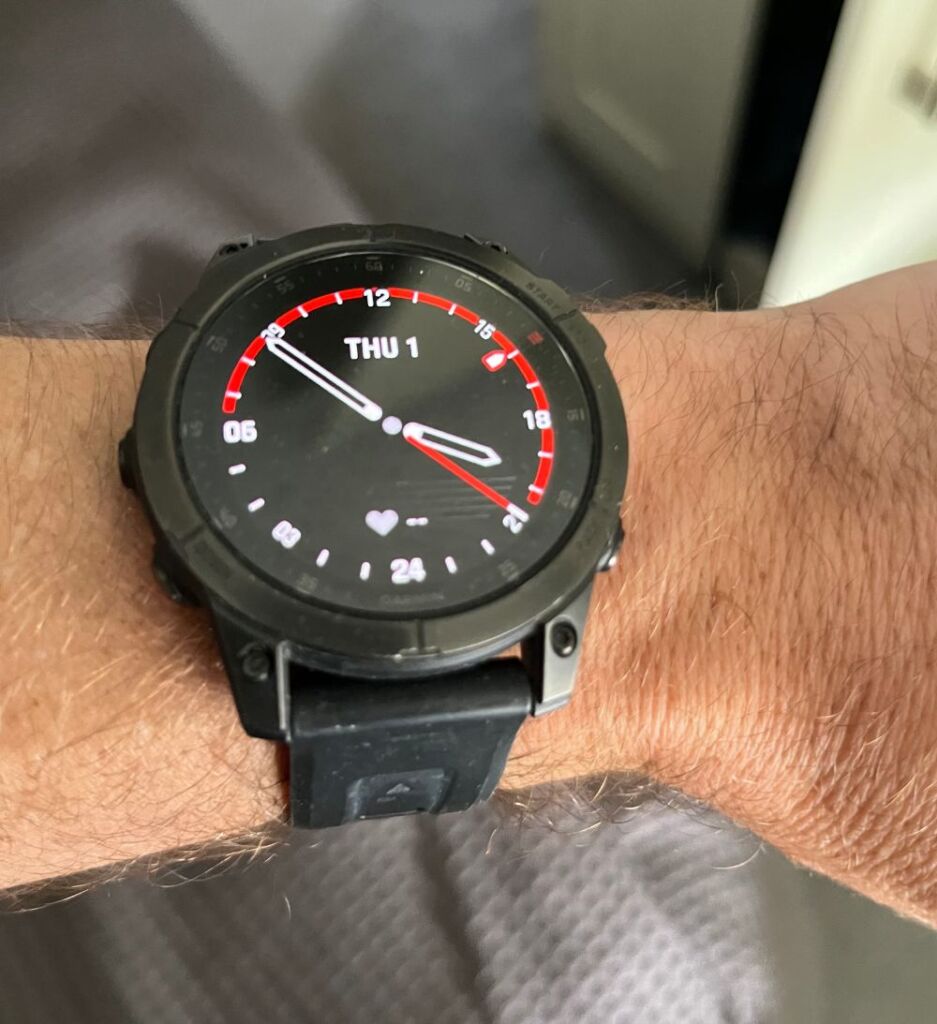
A good triathlon watch helps you track times for each of the three disciplines and during transition points. You can use it to monitor your performance during the swim, cycle or run and also to post your stats to Strava post-race! Depending on the age of your watch, you may want to pack a battery pack for the ride. I used a Garmin Epix, which didn’t require charging.
30. Race Belt
A race belt is for pinning your number for the bike and run. It straps around your waste and contains straps for affixing your number. It’s easier than using pins and stays on during the swim, underneath your wet suit.
31. Money And a Phone
Bring these essentials so you can get something to eat or drink after the race and ring your friends or family to meet up and celebrate.

